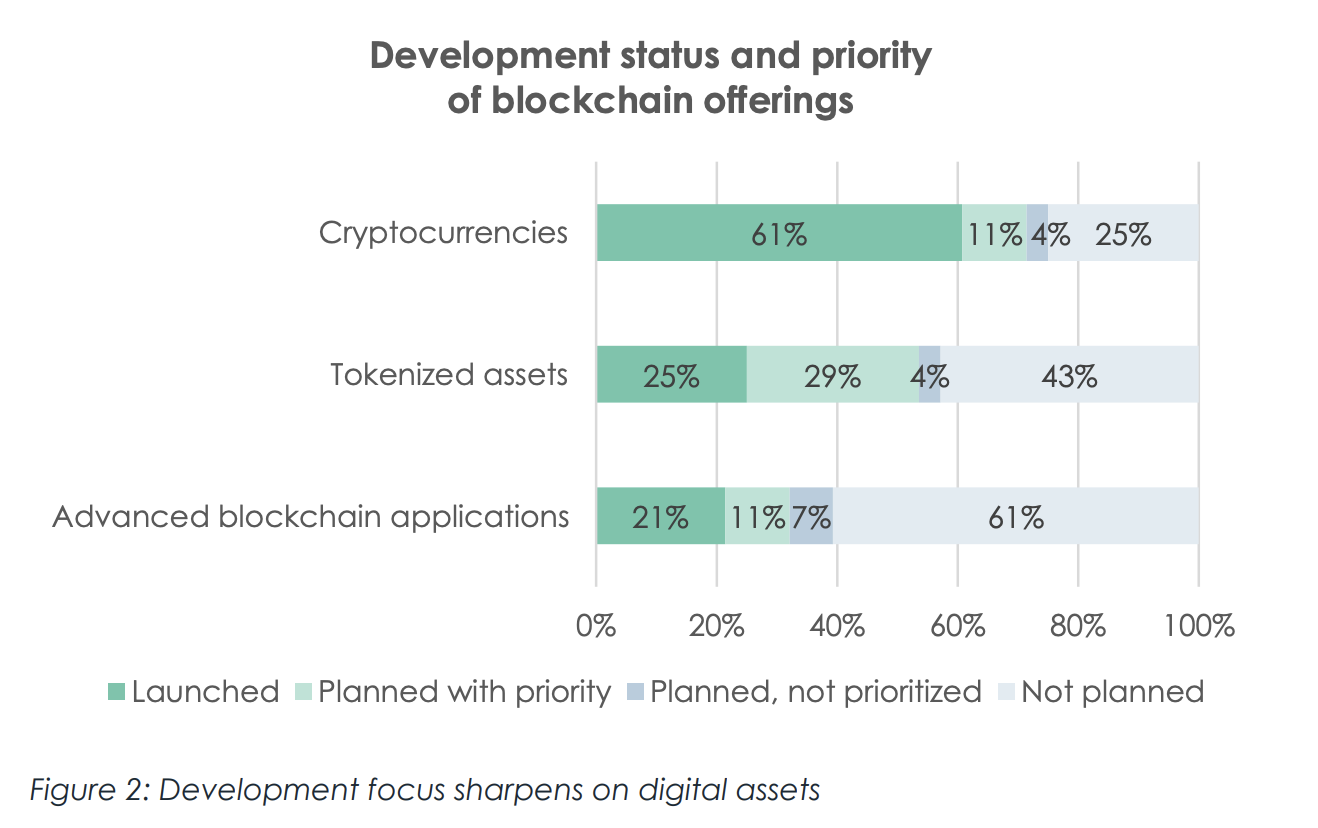Overview: After modest US equity gains yesterday, the weaker yen and Beijing’s approval of 60 new video games helped lift most of the large markets in the Asia Pacific region. South Korea and India were notable exceptions. Europe's Stoxx 600 is off for the second day as Monday's 0.9% advance continues to be pared. US futures are trading lower. The 10-year Treasury yield continues to hover around 3%, and European yields are up 3-5 bp today. The euro is little changed but that makes it the most resilient in the face of the greenback's upticks. The yen and Antipodean currencies are suffering most (~0.65%-0.80%). Among the emerging market currencies, central Europe is doing the best. The Turkish lira has dropped another 2.25% as capital strikes against the unorthodox policies. Gold is trading quietly around $1850. July WTI is making new highs above $121. US natgas is nearly 1% higher and is up a little more than 10% this week. Europe's natgas benchmark is off for the fourth consecutive session and is off about 5.25% in this run. Iron ore's rally extended into a sixth session as China's re-opening boosts sentiment. July copper is off about 0.5%. It was virtually flat yesterday after falling around 0.8% on Monday. July wheat is 0.5% lower, extending yesterday’s nearly 2% fall as Monday’s 5% gain is pared.
Asia Pacific
Japan revised away half of the Q1's 1.0% contraction with the help of stronger inventory and consumption figures that offset the larger decline in capex. Consumption rose by 0.1% instead of being flat as initially estimated. Business spending fell by 0.7%. Previously, it estimated a 0.5% gain. Inventories added half a percentage point to GDP rather than 0.2%. Net exports shaved Q1 GDP by 0.4%, the same as in Q4 21.
That is a nice segue into the April current account figures that were also released today. There is a strong seasonal pattern for Japan's current account balance to deteriorate in April from March and the pattern held this year. Japan's current account surplus narrowed to JPY501 bln from JPY2.55 trillion in March. About a fifth of the deterioration was accounted for by the trade deficit, which grew to about JPY690 bln from a JPY166 deficit. With the current account figures, Japan breakdowns some of its portfolio flows. For the sixth consecutive month, Japan's figures show Japanese investors selling US Treasuries. It is the longest streak in four years. Japanese and US figures do not match very well. Consider that through March that US data is available, Japanese figures show a divestment of about $46 bln of US sovereign bonds. The TIC data shows Japanese investors were small net buyers of US Treasuries in the first two months of the year before selling about $74 bln in March. Japanese figures show divestment of Canadian bonds for the third consecutive month and the sales of German Bunds in March and April.
India raised its repo rate by 50 bp to 4.9%. The central bank signaled additional tightening will be forthcoming and lifted its inflation forecast to 6.7% from 5.7%. Many had expected a 40 bp increase. The RBI's tone shifted from recognizing that monetary policy remained accommodative to underscoring its commitment to withdraw accommodation. The swaps market is pricing in another 125 bp rate increase this year. The rate hike did not prevent rupee from weakening. The dollar edged slightly higher and is approaching last month's record high near INR77.7950.
The market continues to push the dollar higher against the yen, encouraged by ideas that Japanese officials are welcoming an orderly adjustment and firm US yields. The dollar traded near JPY133.85, having settled last month around JPY128.65. The next important target is the JPY135 area. Reports suggest interest in one-year JPY150 dollar calls. The Australian dollar posted a bullish outside up day yesterday, but there no follow through buying materialized. It has been confined to yesterday's range (~$0.7165-$0.7245). A break of last week's low near $0.7140 weakens the technical outlook. The broad US dollar gains helped lift it to CNY6.6960. There are two nearby technical levels to note. First is the high from last week around CNY6.7060. The second is last month's downtrend line, coming in near CNY6.7150 tomorrow. Today's dollar reference rate was set very close to expectations (CNY6.6634 vs. CNY6.6631).
Europe
Forty percent of the Tory MPs no longer have confidence in the Prime Minister, but "bashing on" as Johnson called it will be pressing ahead with legislation that overrides a key agreement with the EU over Northern Ireland. The draft legislation, which also unilaterally ends the role for the European Court of Justice in resolving disputes, could be ready as early as tomorrow. The government has indicated a two-week window for the legislation. The longer into that period, the more some may read into it the consequences of the confidence vote. Reports suggest the government aims to have it approved by the House of Commons by the recess at the end of next month. Breaking an international agreement may find a greater objection in the House of Lords. The EU's chief negotiator Sefcovic refuses to renegotiate the deal but is open to specific modifications, though eschewing the European Court of Justice is not one of them. Meanwhile, Johnson may choose to wait until after the special elections in a fortnight, but a cabinet reshuffle is expected. Also, pressure is building for a significant tax cut in the fall to help address the record cost-of-living squeeze.
Last week, France reported that April industrial output fell by 0.1%. The median forecast (Bloomberg) was for a 0.2% increase. It had fallen by 0.4% in March (initially -0.5%). Manufacturing contracted by 0.4% in April after a 0.2% decline in the previous month (initially -0.3%). Yesterday, Spain surprised on the upside with a 2.1% surge in April's industrial production, recovering the 2.0% drop seen in March (initially it was -1.8%). Today was Germany's turn. A 0.7% gain was reported, not the 1.2% rise anticipated by the median forecast in Bloomberg's survey. Attention is on tomorrow's ECB meeting. With the elevated and rising inflation and the relative slowness to respond, the hawks press for a 50 bp hike. The leadership is likely to show an openness for such a move while deferring it until later in the year. Time is on their side. While the regional economy has been resilient to the price shocks (energy) and the war, and the disruption from China's lockdowns, confidence has plummeted, and the activity is slowing. If this is right, then shifting the debate from if a 50 bp hike is warranted to when it could be delivered could be the more likely play.
The euro is trading quietly between roughly $1.0670 and $1.0710. Recall that it settled around $1.0720 last week. It the price action feels choppy it is because it is. Today could be the sixth session of a sawtooth pattern alternating between gains and losses. There is an option for 660 mln euro struck at $1.0650 that expires today. Tomorrow, shortly after the ECB meeting and press conference concludes, options for a little more than a billion euros at $1.0755 expires. Sterling posted a bullish outside up day yesterday, trading on both sides of Monday's range and settling above the high. However, it stalled at $1.26 and no follow through buying emerged so far today, leaving sterling heavier. Initial support is seen in the $1.2480-$1.2500 area. Lastly, note that Poland is expected to deliver a 75 bp hike later today that would lift the base rate to 6.0%. The preliminary May CPI stood at almost 14%.
America
American consumers are shopping with the help of credit. We already know that household consumption (PCE) rose by 0.9% in April. We learned yesterday that it was helped by a nearly $18 bln rise in revolving credit (credit cards) after a revised $25.6 bln increase in March. Overall, consumer credit, which excludes mortgages, rose by a strong $38 bln after a revised $47.3 bln increase in March (initially $52.4 bln). The two-month increase is a record. Savings are also being drawn down and are at their lowest level, in aggregate since 2008. Separately, the US reported a drop in the US trade deficit. It was the result of a 3.5% rise in exports and a 3.4% decline in imports. Be careful about extrapolating from the report. A slowdown in imports is often a sign of weakness in domestic demand. This time, China's lockdowns disrupted trade and accounted for about $10 bln of $12.6 bln decline in US imports. What is important for GDP purposes are the price adjusted figures. Here too the improvement, while one-off, was substantial, the real goods deficit fell by slightly more than 14% to $116.2 bln. It averaged almost $122.4 bln in Q1 22.
Canada reported a smaller trade surplus of C$1.5 bln down from a revised C$2.3 bln (initially C$2.5 bln). Canada's trade deficit with China fell by 20%, but the main culprit of the disappointing trade figures was the 14.3% decline in crude oil exports on a decline in volumes, which StatsCan says were largely offset by natgas and coal exports. In volume terms, exports were off 2.1% and imports slipped by less than 0.5%. The Atlanta Fed's GDPNow tracker stands at 0.9% (and will be updated later today), last month's Bloomberg survey put Canadian Q2 growth at an annualized pace of 3.8%. The swaps market now sees the terminal policy rate to be around 3.5%.
The World Bank cut its world growth forecast this year to 2.9% from 3.2% in April and 4.1% in January, warning of several years of elevated inflation and weak growth. It cut its US forecast to 2.5% from 3.7%. It is still a little above the markets forecast (median Bloomberg) of 2.6%. It cut China's growth to 4.3% from 5.1 in January, which still seems a bit optimistic, though below the official 5.5% target. Eurozone growth was cut to 2.5% from 4.2%. The median in the Bloomberg survey is for 2.6%.
The US dollar posted a bearish outside down day against the Canadian dollar, but as we have seen with the Australian dollar and sterling with similar one-day price action, US dollar selling has not carried over into today. The greenback did make a marginal new low for the move against the Canadian dollar near CAD1.2525. The CAD1.2500 area offers support. The CAD1.2585-CAD1.2625 should cap near-term upticks. A strong jobs report on Friday could encourage the market to look for a 75 bp hike. The swaps market shows it is almost halfway there for next month's meeting. The US dollar is trading at four-day highs against the Mexican peso, having approached MXN19.69. Support was found Monday, a little below MXN19.50. Last week's high was closer to MXN19.77, and that represents the next target. Lastly, Peru is expected to hike by 50 bp today. Chile delivered a 75 bp hike yesterday to bring the tightening to 850 bp since last July. It was the second consecutive month that the pace has been dialed back. The economy contracted in Q1. The government is taking measures to cushion the economic blow of higher prices. Recall that a referendum on constitutional reforms is scheduled for September 4.
Full story here Are you the author? Previous post See more for Next post
Tags: #USD,Brexit,Chile,Currency Movement,ECB,EMU,EU,Featured,India,newsletter,Trade
























